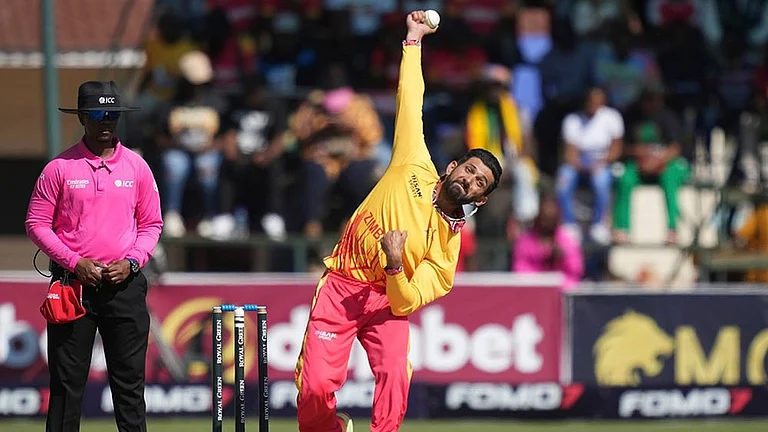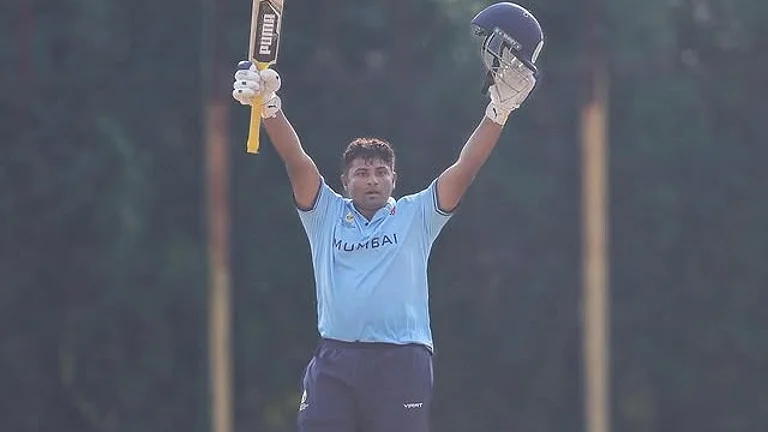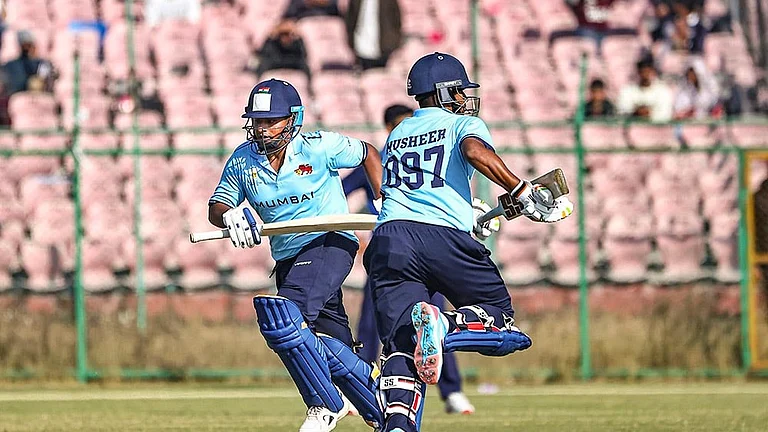Every year, when tanks roll down Rajpath and jets fly past Raisina Hill on January 26, there is a heightened state of collective anxiety in the national capital over security. Are the Very Important Persons safe, have the city’s borders been sealed, will there be another attack on the people? And for those who get goosebumps watching men marching and machines trained at enemies, real or imaginary, no threat can deter their annual pilgrimage of patriotism. I hope all of them are safe—all those who are forced by pride and profession to brave the cold. But I can’t say so about the Republic’s invisible people whose security is nobody’s concern; rather their very existence remains within the realm of deniability. Just a few miles from Rajpath or the Supreme Court or Parliament and a few hundred metres from the nearest police station, women and children are sold in the open for half an hour or more. Swati Maliwal, who chairs the Delhi Commission for Women, tells us that it is a Rs 1,200-crore business and it is primarily run by two senior Delhi politicians (see page 22). She won’t name them, but insists that they are aided and abetted by civil and criminal law-enforcing authorities.
Whenever Delhi’s civic bodies have wanted, they have demolished slums. In fact, in the last two decades I have seen the city transform into something completely different. Some slumlords contest the demolition, but most slum-dwellers leave quietly, staring at the metal claws and jaws of Joseph Cyril Bamford excavators. Not many urban slums remain. The dhobi ghat near the New Delhi Railway Station is a new colony for government officials. One of the biggest slums on the Yamuna bank has transformed into layers of bitumen and concrete—linking roads, flyovers and bridges—and now there is no trace of the one behind the Safdarjung hospital.
So, if demolishing buildings, pucca and kutcha, is so easy and throwing the poor around is routine, why does Garstin Bastion Road exist? Why aren’t the hundreds of structures there not demolished? As the name would suggest, GB Road has a long history—in fact, one that can be traced back to the Mughal days. The British probably organised the prostitutes and issued them permits as they did for every feudal vice and to every pre-modern slave trader.
But the shocking fact is that even without licence, permit or the Raj, the slave trade continues unabashedly. Even today children are kidnapped and trafficked from various parts of the country, kept in hell holes where their body and soul are broken, and then brought to GB Road to be sold piecemeal, hour by painful hour, servicing often seriously ill men. These brothels are habitable structures with electricity connections, water supply and municipal clearances. How? Running a brothel is a crime under the Immoral Traffic (Prevention) Act, 1956, but the Municipal Corporation of Delhi, the electricity distribution company, the Delhi Jal Board and the local police help run these brothels. Why? Well, the question ought to be: for whom? Maliwal answers: two politicians. Hope she names them and all those who have helped these two run the trafficking and brothel network. The story of Kamatipura in Mumbai and Sonagachi in Calcutta are no different. Instead of condom campaigns, health check-ups or other cheap charity stunts, the brothel-keepers and their political masters need to be booked and the labyrinths of slavery demolished.


























